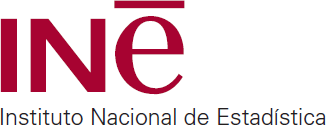Main results
- The number of employees decreased by 19,000 persons compared with the previous quarter to 21,246,900. In seasonally adjusted terms, the quarterly rate was 0.60%. Employment has increased by 783,000 persons in the last 12 months.
- Unemployment decreased by 24,600 persons to 2,830,600. In seasonally adjusted terms, it decreased by 1.20%. In the last 12 months it decreased by 193,400 persons.
- This quarters, the unemployment rate was 11.76%, eight hundredths lower than in the previous quarter.
- The number of economically active persons decreased by 43,600 to 24,077,400. Over the last year, it has increased by 589,600 persons.

